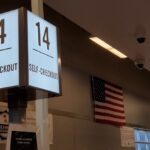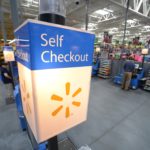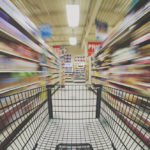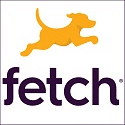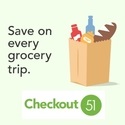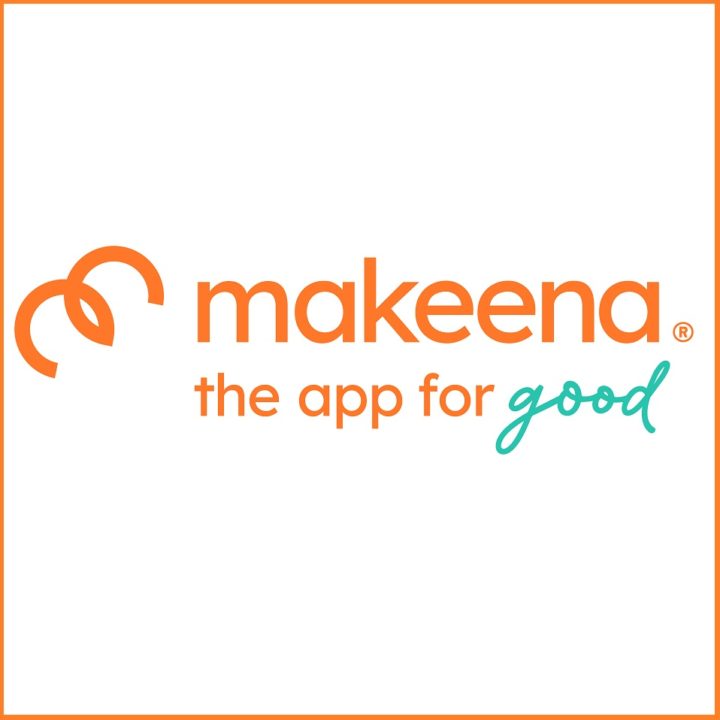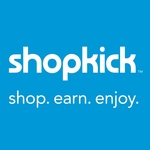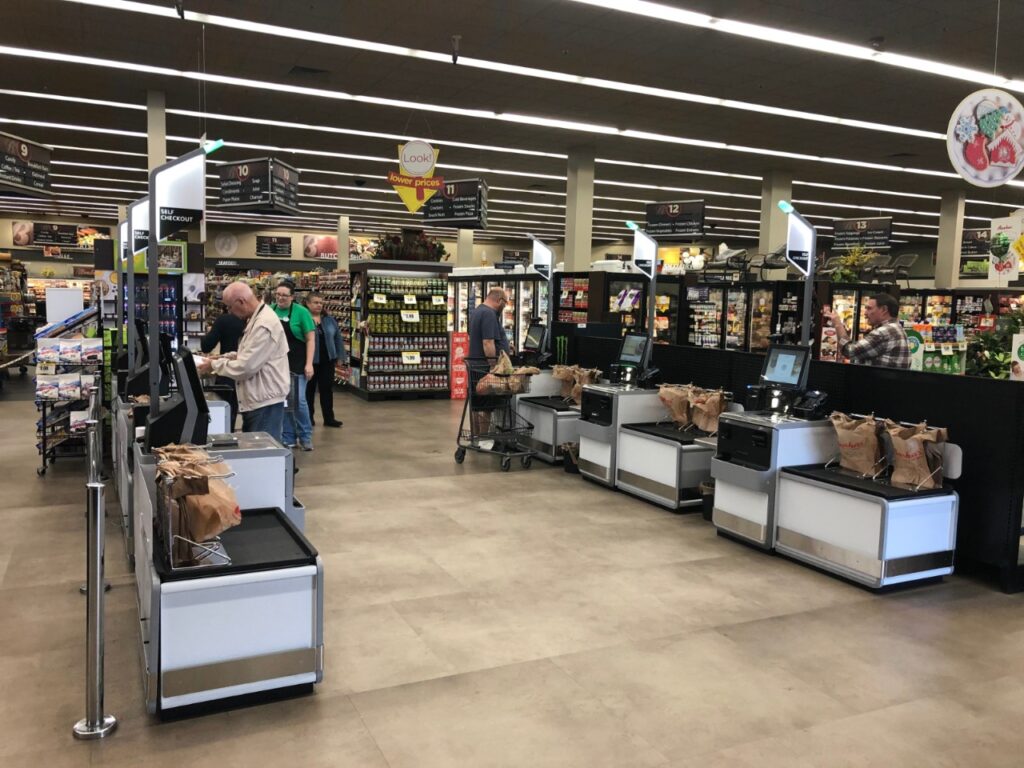
Retailers are restricting it. Legislators have tried to regulate it. And many shoppers try to avoid it.
But according to a new survey commissioned by a company that makes self-checkout terminals – everyone loves self-checkout!
NCR Voyix surveyed shoppers for its 2025 Commerce Experience Report, to find out what they think about the checkout process. Its somewhat misleading headline, “77% of Shoppers Choose Self-Checkout for Faster Service” implies that more than three-quarters of shoppers prefer self-checkout. But a footnote clarifies that “77% of consumers who prefer self-checkout (emphasis added) say they do so because it is faster.” That’s a bit different.
In reality, 45% of shoppers in the survey say they prefer self-checkout overall – which is not nothing, but it falls short of a majority.
That percentage increases, though, the younger the shopper gets. While just 39% of boomers, 42% of Gen X shoppers and 45% of millennials prefer self-checkout, a notable 63% of Gen Z shoppers prefer to check out on their own.
While faster checkout is the top reason cited by those who prefer self-checkout, others say they like to bag their own items, while others cite shorter lines, and some simply would rather not have to talk to checkout staff.
Among those who don’t like self-checkout, 78% would reconsider “if the store offered an incentive, such as a discount or free product.” That likely sounds good to state legislators in Rhode Island and Oklahoma, both of which considered legislation last year that would have required grocery stores to offer discounts for shoppers using self-checkout. “Self-service checkout stations essentially turn customers into unpaid employees and allows grocery store retailers to decrease labor costs and actual customer service,” the Oklahoma bill read. Therefore, shoppers using self-checkouts – or forced to do so – should be paid for their efforts, the reasoning went.
Neither bill passed last year. But the lawmakers made their point. And now Rhode Island has revived its bill – minus the mandated discounts – and Washington state has joined it. The proposals are “meant to start a conversation about corporations’ ever-increasing use of self-checkout lanes to reduce the employment of cashiers,” the sponsor of Rhode Island’s bill said.
A further 60% of self-checkout avoiders in the NCR Voyix survey said they’d be more inclined to use it “if grocery stores made it easier to check out with more than 15 items.” That runs completely counter to what many lawmakers and retailers alike have proposed or implemented.
California lawmakers last year considered a bill that would have limited self-checkout purchases to no more than ten items. That would be just fine with retailers like Target, which limited most of its self-checkouts to ten items or fewer last year, after a six-month test convinced the retailer that shoppers preferred it that way. “We’ve seen a rapid rise in guest satisfaction scores relating to both wait times and the quality of interactions with our team at checkout,” a Target executive said after the limits were imposed.
While Target did not cite theft as a reason for its move, other retailers that have limited or eliminated self-checkouts say curtailing theft is a primary concern. Lest anyone think its products encourage thievery, NCR Voyix’s report emphasizes that self-checkout and thwarting theft, known in the industry as “shrink,” are not mutually exclusive. “Grocery stores are implementing more smart technology at the checkout to combat shrinkage, and shoppers are taking notice,” its report points out. 42% of shoppers in its survey said they have encountered cameras monitoring their self-checkout activity, 32% have seen scanners that can recognize grocery items, and 12% have shopped where a computer vision checkout system automatically totals up your purchases without having to scan them at all.
Regardless of what shoppers think about going through self-checkout, the vast majority have done it recently, whether they liked it or not. 92% told NCR Voyix that they have used self-checkout at least once in the past six months. 35% said they use it frequently, and 17% said they use it every time they shop. Shoppers have become so accustomed to self-checkout, the report suggests, that they’d like to use it when shopping in places other than grocery stores – 39% would like to see more self-checkouts at restaurants, and 47% say the same about convenience stores.
“Our data shows consumers want more technology present to simplify checkout,” NCR Voyix CEO David Wilkinson said in a statement. As a result, he predicted, “businesses will continue to adapt to changing consumer expectations in the year ahead and lean on new technology even more to be competitive.”
With more retailers limiting or eliminating self-checkout, and more legislators seeking to regulate it, that may seem like an optimistic outlook. But for a company whose business depends on it, singing the praises of scanning your own groceries might be just what the technology needs to improve its reputation in the year ahead – until everyone really does love self-checkout.
Image source: NCR Voyix

